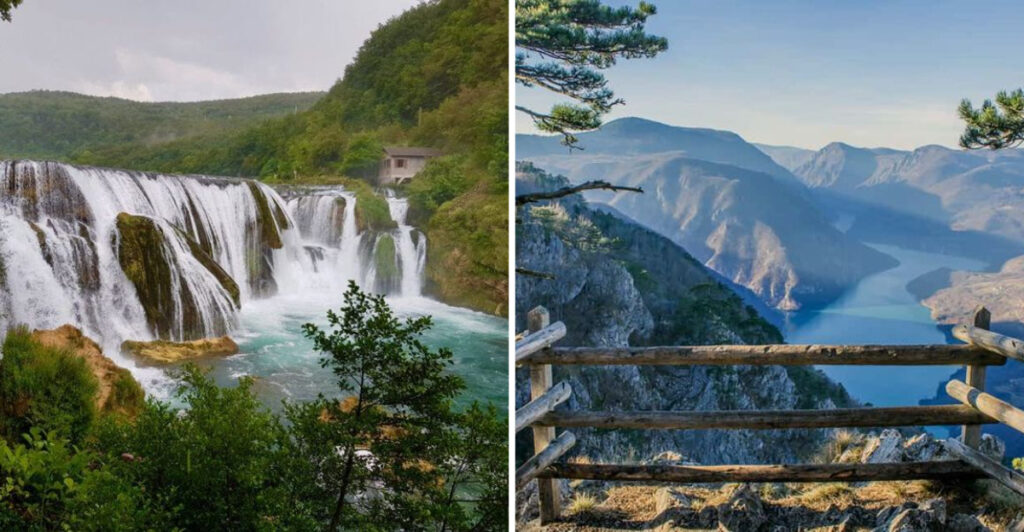The Balkans, a region rich in history and culture, is also home to some of the most breathtaking and lesser-known natural parks. These hidden gems outshine many of the world’s renowned destinations, offering untamed beauty, diverse ecosystems, and rich biodiversity. Here, we explore 19 hidden Balkan nature parks that promise unforgettable experiences for nature enthusiasts and travelers alike.
Una National Park, Bosnia and Herzegovina
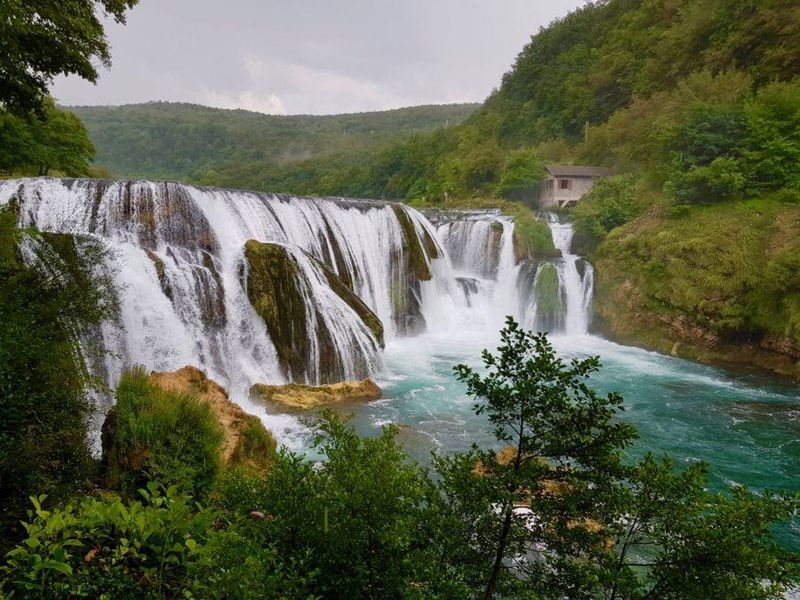
Nestled in Bosnia and Herzegovina, Una National Park is a sanctuary of cascades and emerald waters. Its crown jewel, the Štrbački Buk waterfall, captivates visitors with its thunderous roar and ethereal mist. Lush forests, home to diverse wildlife, provide an idyllic backdrop for hiking and photography.
In spring, the park bursts into life, offering vivid displays of wildflowers. Birdwatchers flock here, hoping to spot the elusive white-tailed eagle. Did you know? The park’s namesake, the River Una, means “one” or “only” in Latin, hinting at its singular beauty.
Kopački Rit Nature Park, Croatia
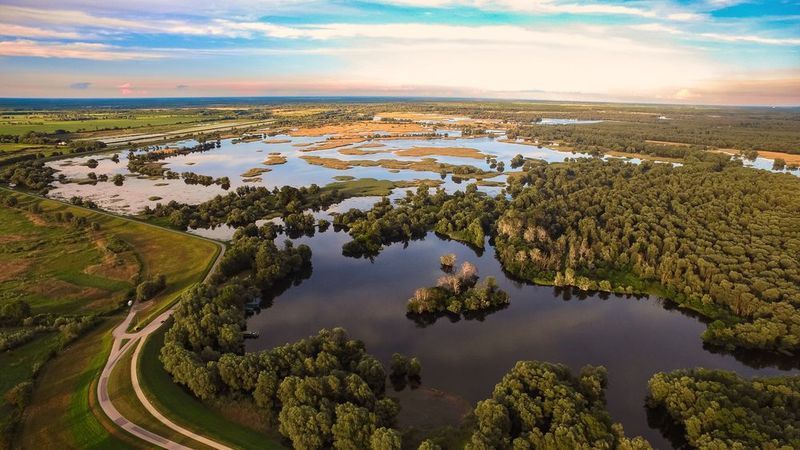
Kopački Rit Nature Park is Croatia’s premier wetland sanctuary, a haven for birdwatchers and nature lovers. Spanning over 230 square kilometers, it’s one of Europe’s largest intact wetlands.
Seasonal floods transform the landscape into a labyrinth of lakes and channels, teeming with life. White storks and herons grace the skies, while shy deer peek through the reeds.
The park’s tranquility offers a retreat from bustling city life. Fun fact: Kopački Rit hosts one of the largest breeding populations of the rare black stork in Europe.
Durmitor National Park, Montenegro
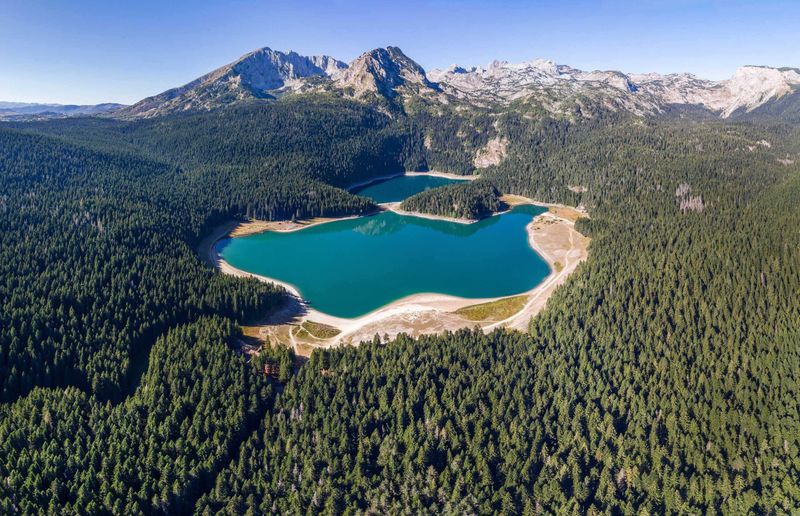
Majestic and awe-inspiring, Durmitor National Park in Montenegro is a symphony of rugged peaks and glacial lakes. Its crowning glory, Bobotov Kuk, stands tall at 2,523 meters, challenging adventurers to conquer its heights.
The park is a UNESCO World Heritage site, celebrated for its geological wonders. Hiking trails weave through ancient forests, revealing panoramic views at every turn.
For thrill-seekers, the Tara River Canyon offers exhilarating rafting experiences. Intriguingly, the canyon is the second deepest in the world after the Grand Canyon.
Sutjeska National Park, Bosnia and Herzegovina
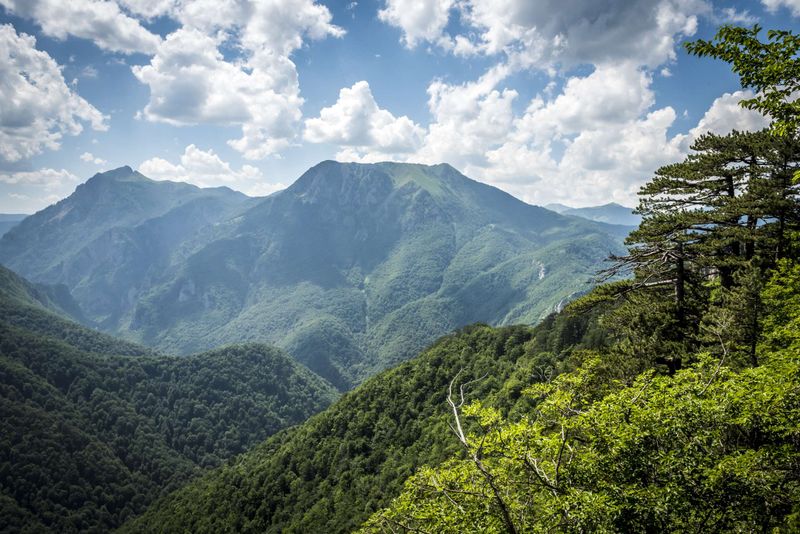
In Bosnia and Herzegovina, Sutjeska National Park is a testament to raw, untouched wilderness. Home to the Perućica rainforest, one of Europe’s last primeval forests, it’s a botanist’s dream.
Towering beech and fir trees shelter a myriad of plant and animal species. The park’s dramatic landscapes include the majestic Maglić Mountain, inviting climbers and hikers alike.
History whispers through the trees, with remnants of World War II battles hidden within. A curious fact: Perućica is an untouched forest, allowing scientists to study natural processes uninterrupted.
Triglav National Park, Slovenia

Slovenia’s sole national park, Triglav, is a jewel of alpine beauty. Dominated by Mount Triglav, the nation’s highest peak at 2,864 meters, it beckons climbers and nature lovers.
The park’s diverse terrain offers everything from lush meadows to rugged peaks, inviting exploration. Traditional wooden huts dot the landscape, offering a glimpse into local life.
Visitors can discover centuries-old shepherding practices still alive today. An interesting tidbit: Mount Triglav is so iconic, it appears on Slovenia’s national flag.
Pelister National Park, North Macedonia
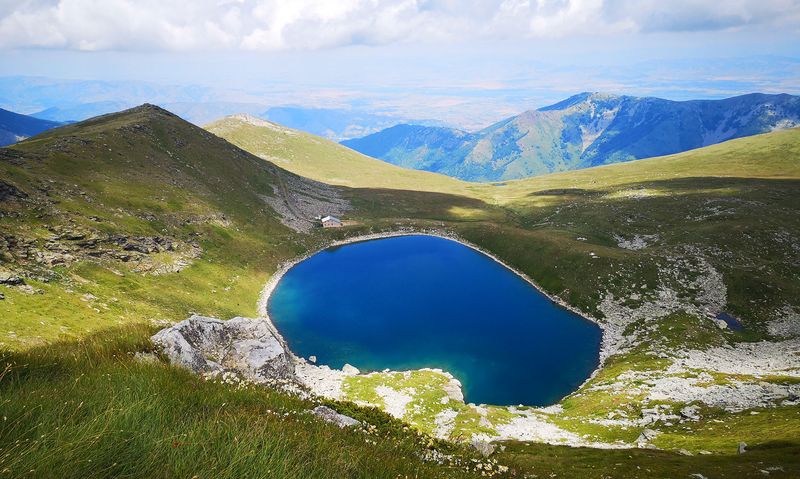
Pelister National Park in North Macedonia is a mosaic of pristine nature and historical charm. Known for the rare five-needle Molika pine, it shelters diverse flora and fauna.
The park’s gentle slopes lead to tranquil lakes reflecting the sky’s ever-changing hues. Adventurers can trek to the peak of Mount Pelister for breathtaking vistas.
History enthusiasts will find remnants of World War I, adding a layer of intrigue. Did you know? The park was established as one of the first national parks in the Balkans in 1948.
Bjeshkët e Nemuna National Park, Kosovo
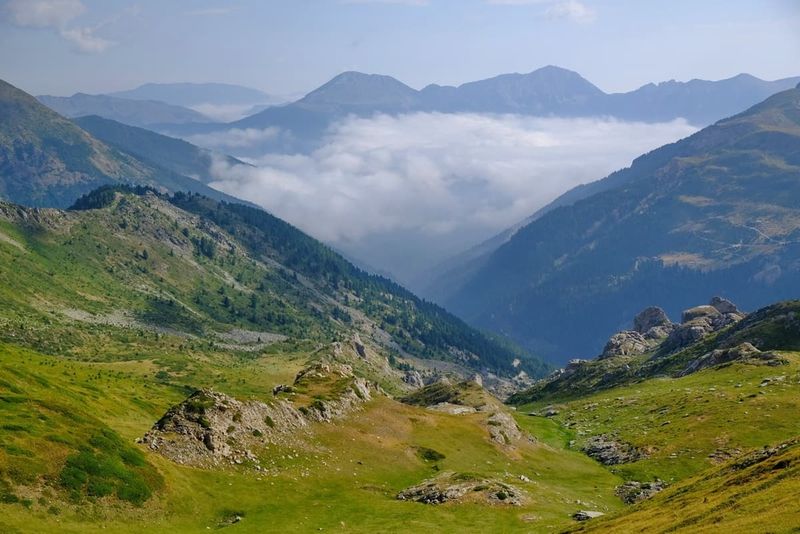
Kosovo’s Bjeshkët e Nemuna National Park is a tapestry of unspoiled landscapes. Known as the “Accursed Mountains,” its wild beauty is anything but cursed.
Hiking trails wind through alpine meadows bursting with wildflowers, while ancient forests whisper stories of old. The park is a refuge for rare species like the Balkan lynx.
A fun tidbit: The park’s name translates to “Cursed Mountains,” yet visitors find them captivatingly enchanting. Its peaks stand as silent sentinels over the land.
Prokletije National Park, Montenegro
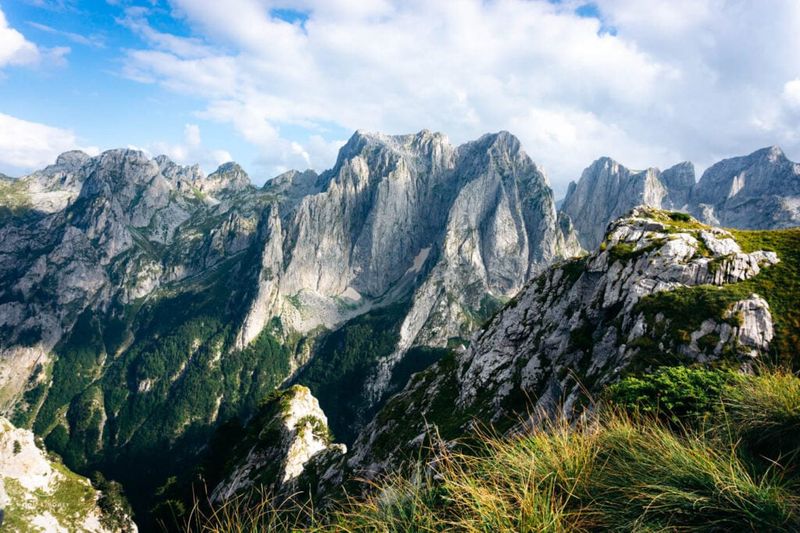
Prokletije National Park in Montenegro is a realm of dramatic contrasts. The jagged peaks of the “Accursed Mountains” carve a striking silhouette against the sky.
For adventurers, the park offers challenging trails and the chance to encounter rare wildlife, like the elusive chamois.
The untouched valleys and pristine rivers provide solace for the soul. Did you know? This range is often dubbed the “Alps of Montenegro,” yet remains one of the least explored areas in the Balkans.
Lovćen National Park, Montenegro
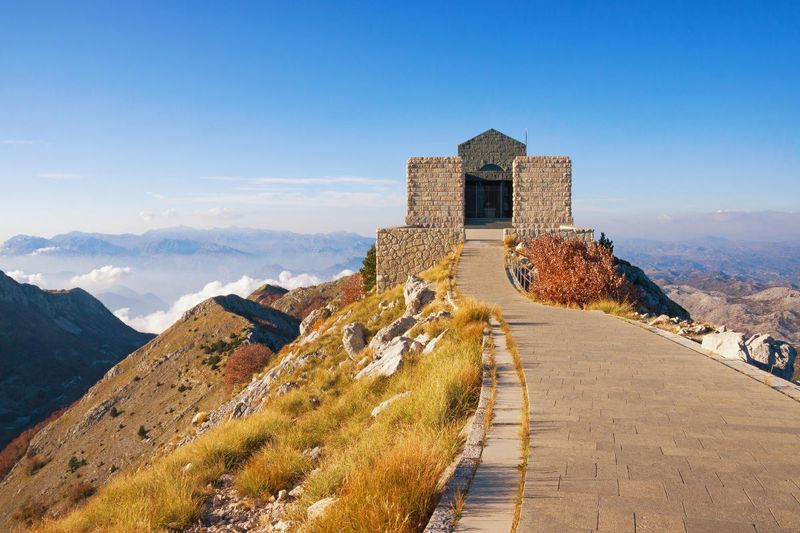
Perched in Montenegro, Lovćen National Park is a blend of natural beauty and cultural heritage. At its heart lies the Njegoš Mausoleum, a monument to a revered poet and prince.
The park’s twisting roads lead to panoramic vistas, where the Adriatic Sea glitters in the distance. Wildflowers and endemic plants carpet the hillsides in seasonal hues.
Visitors can trace the footsteps of history, exploring ancient paths and forgotten villages. A peculiar fact: The park is often seen as the cradle of Montenegro’s national identity.
Galičica National Park, North Macedonia
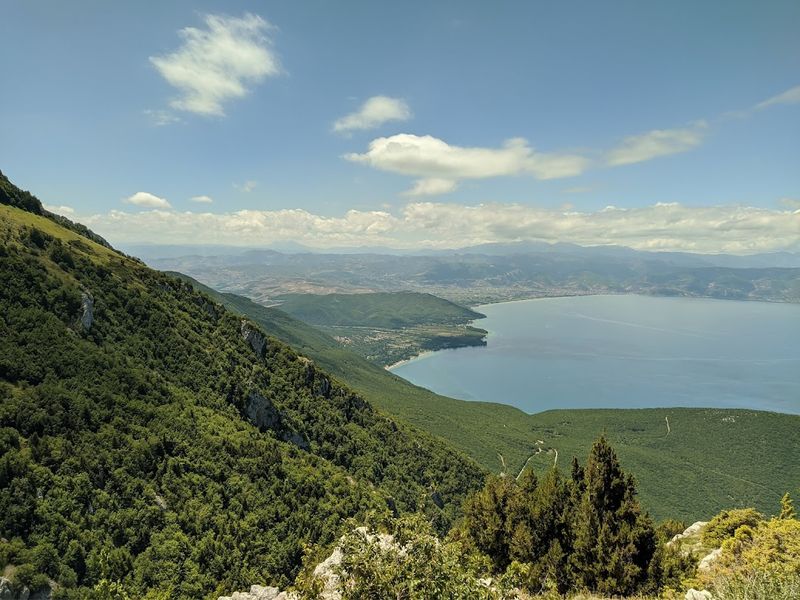
Galičica National Park in North Macedonia offers a serene escape with its rolling hills and clear waters of Lake Ohrid. A paradise for hikers, it presents trails with vistas of unparalleled beauty.
The park is a haven for endemic species, making it a treasure trove for ecologists. The soothing sound of rustling leaves accompanies explorers on their journeys.
An intriguing fact: The park lies between two lakes, Ohrid and Prespa, both of which are among Europe’s oldest lakes. This unique setting enhances its ecological significance.
Vikos–Aoös National Park, Greece
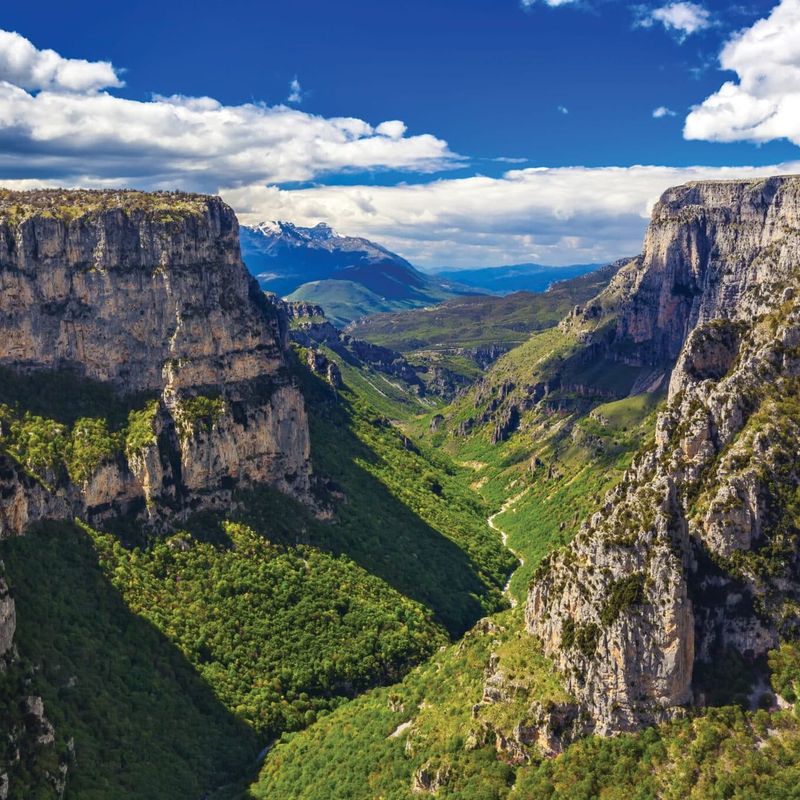
Greece’s Vikos–Aoös National Park captivates with the awe-inspiring Vikos Gorge, one of the deepest worldwide. Its towering cliffs and verdant forests create a breathtaking panorama.
The park is a labyrinth of trails, historic stone bridges, and charming villages. It invites adventurers to uncover its secrets, from endangered species to ancient folklore.
A fascinating tidbit: The park’s Vikos Gorge is recognized by the Guinness World Records as the world’s deepest gorge in proportion to its width. This record enhances its allure as a natural wonder.
Prespa National Park, Greece
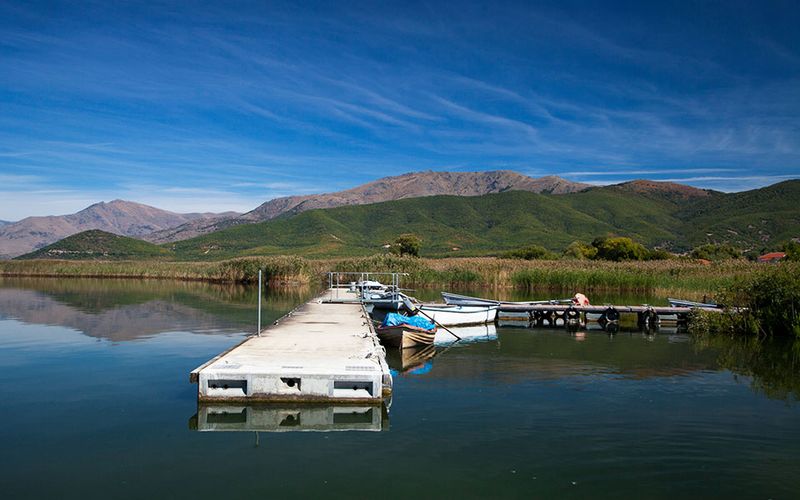
Prespa National Park in Greece is an emblem of tranquility, with its serene lakes and reed beds. It’s a sanctuary for birdlife, home to rare species like the Dalmatian pelican.
The park’s landscapes are shaped by centuries of harmonious coexistence between humans and nature. Traditional practices, like fishing and agriculture, thrive alongside wildlife.
A captivating fact: The park encompasses parts of three countries—Greece, Albania, and North Macedonia—making it a symbol of cross-border conservation efforts.
Šar Mountains National Park, Kosovo
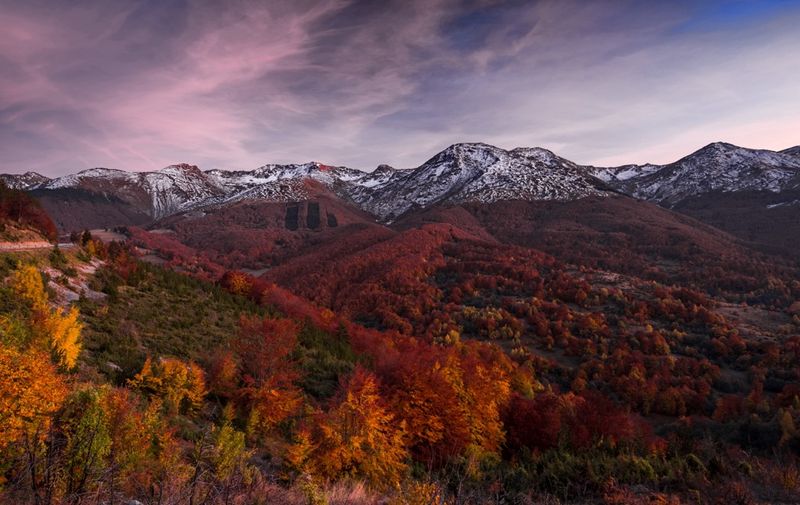
Kosovo’s Šar Mountains National Park is a natural symphony of peaks and meadows. Its snow-capped ranges inspire awe and invite exploration.
Alpine meadows burst into color during spring, offering a vibrant contrast to the rugged terrain. The park shelters rare species, such as the Balkan lynx and brown bear.
An intriguing tidbit: The park is named after the Šar Mountains, which are among the oldest mountains in the Balkans, adding a layer of historical allure to its natural beauty.
Bjelašnica Mountain, Bosnia and Herzegovina
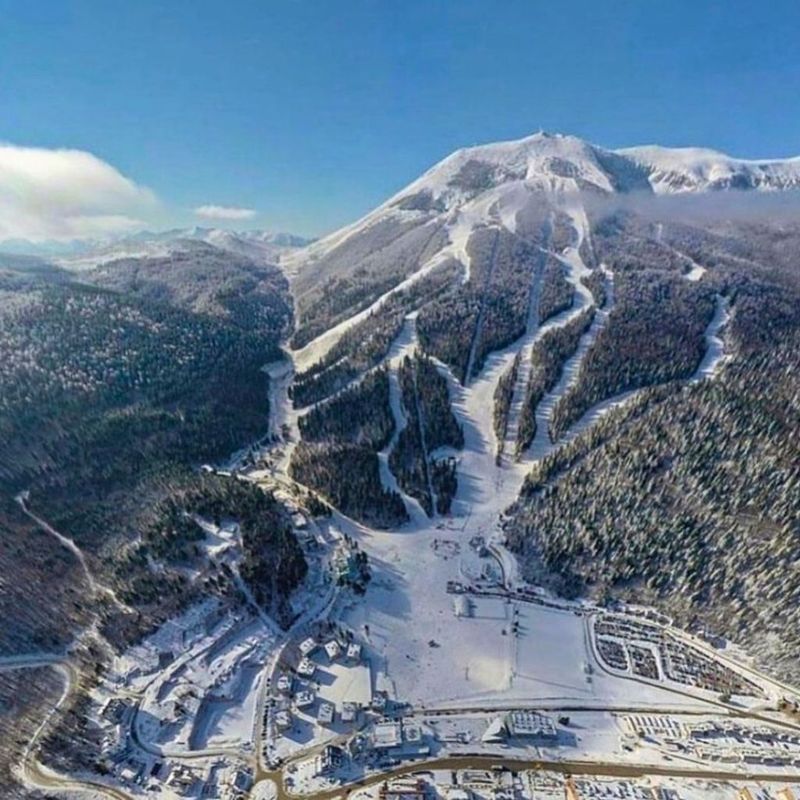
Bjelašnica Mountain in Bosnia and Herzegovina is a haven for winter sports enthusiasts. Its slopes, once a venue for the Winter Olympics, continue to attract skiers and snowboarders.
Beyond winter, the mountain transforms into a playground for hikers and cyclists. Dense forests and panoramic views offer a feast for the senses.
Did you know? The mountain’s weather station is one of the highest in the Balkans, providing critical data for meteorologists. This fact underscores Bjelašnica’s role in both recreation and science.
Velebit Nature Park, Croatia
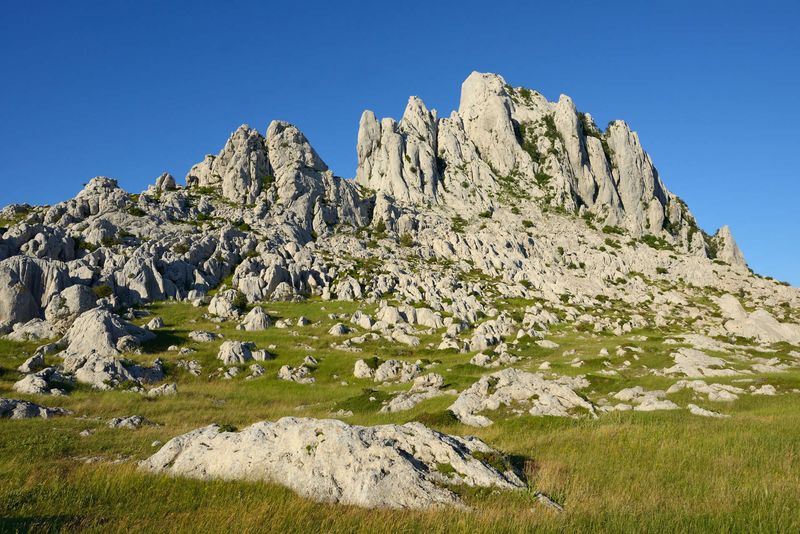
Croatia’s Velebit Nature Park is a spectacle of rugged beauty and ecological diversity. Known for its karst formations, it offers landscapes that seem sculpted by time.
The park is home to a range of ecosystems, from dense forests to barren peaks. It invites adventurers to explore its hidden caves and ancient trails.
A quirky fact: The park is part of the UNESCO World Network of Biosphere Reserves, highlighting its global ecological importance. This recognition underscores its role in preserving natural heritage.
Tara National Park, Serbia
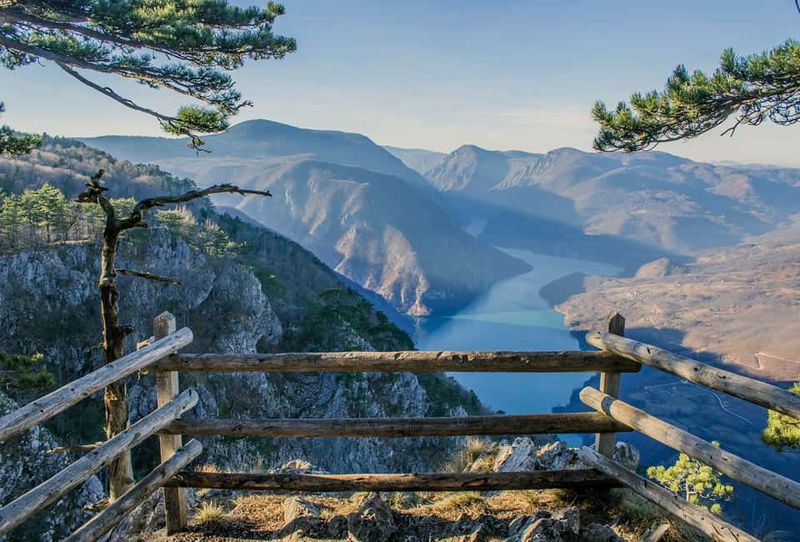
Serbia’s Tara National Park is a haven of untouched wilderness and scenic beauty. The Drina River carves its way through the landscape, offering spectacular vistas.
Forests of pine and fir shelter diverse wildlife, including the endangered Eurasian lynx. The park’s viewpoints offer panoramas that capture the heart.
An interesting tidbit: The park is named after the Tara Mountain, which has been a symbol of Serbian natural heritage for centuries. This historical connection adds depth to its natural wonders.
Mavrovo National Park, North Macedonia
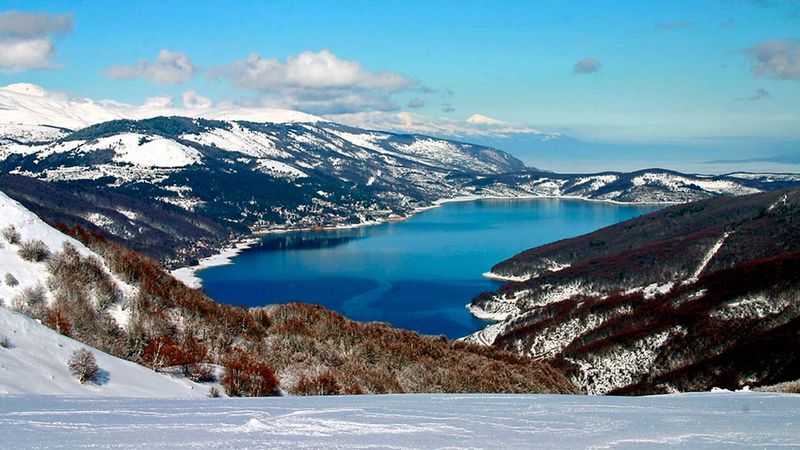
Nestled in North Macedonia, Mavrovo National Park is a blend of serene lakes and dramatic peaks. The park’s centerpiece, Lake Mavrovo, mirrors the surrounding mountains in its tranquil waters.
Hiking trails lead through forests teeming with wildlife, offering glimpses of elusive species like the Balkan lynx. The park is a refuge for nature enthusiasts seeking solitude.
A fascinating fact: The park is home to the highest peak in North Macedonia, Mount Korab, which stands at 2,764 meters. This peak is a magnet for climbers and adventurers alike.
Rila Monastery Nature Park, Bulgaria
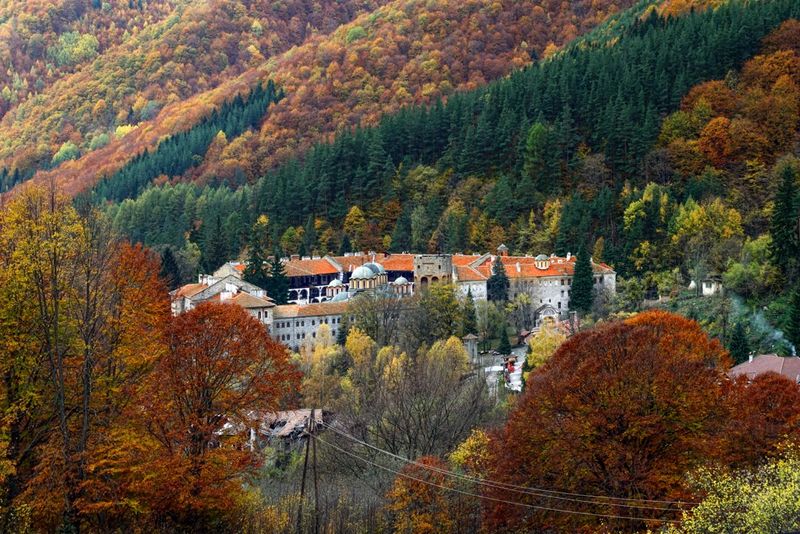
Bulgaria’s Rila Monastery Nature Park is a harmonious blend of spiritual and natural beauty. At its heart lies the Rila Monastery, a UNESCO World Heritage site.
The park’s trails wind through ancient forests and along crystal-clear streams. Pilgrims and hikers alike find solace in its serene landscapes.
Did you know? The park is named after Saint John of Rila, a revered Bulgarian hermit who founded the monastery. This spiritual connection adds a layer of reverence to its natural grandeur.
Uvac Special Nature Reserve, Serbia
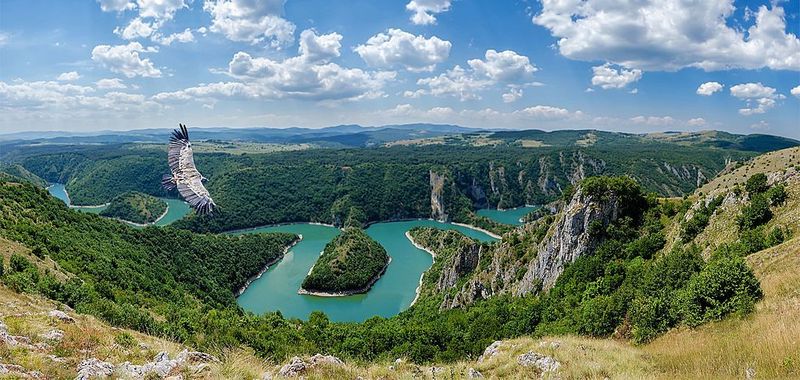
Nestled in the heart of Serbia, the Uvac Special Nature Reserve is a true spectacle of nature. The reserve is renowned for its serpentine Uvac River, which carves intricate meanders through lush landscapes.
These dramatic curves are best viewed from above, offering a breathtaking sight. Home to a thriving population of griffon vultures, the reserve serves as a sanctuary for these majestic birds.
Witnessing the graceful flight of these vultures against the backdrop of rugged cliffs is unforgettable. This hidden treasure also offers opportunities for kayaking and birdwatching, appealing to nature enthusiasts and adventurers alike.

